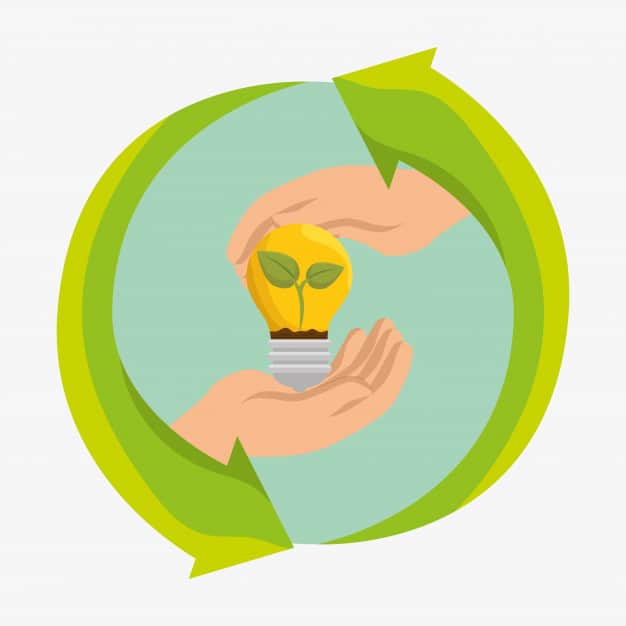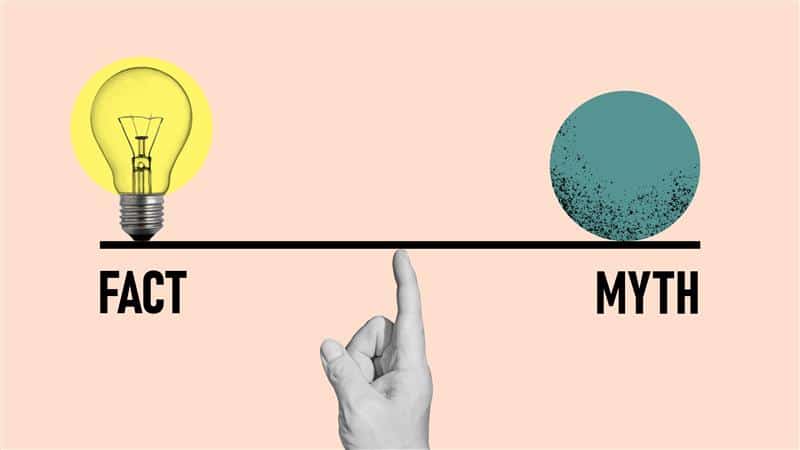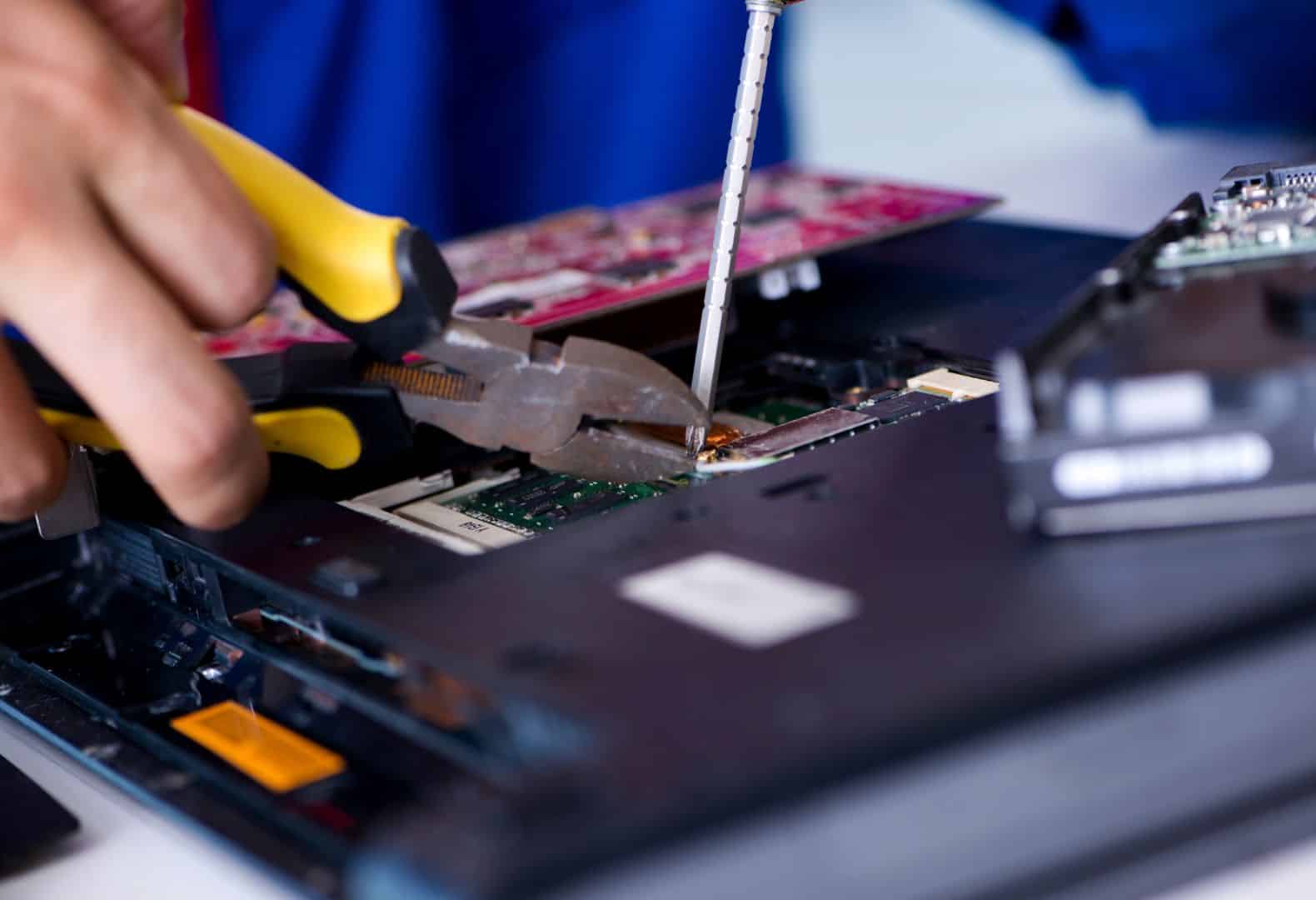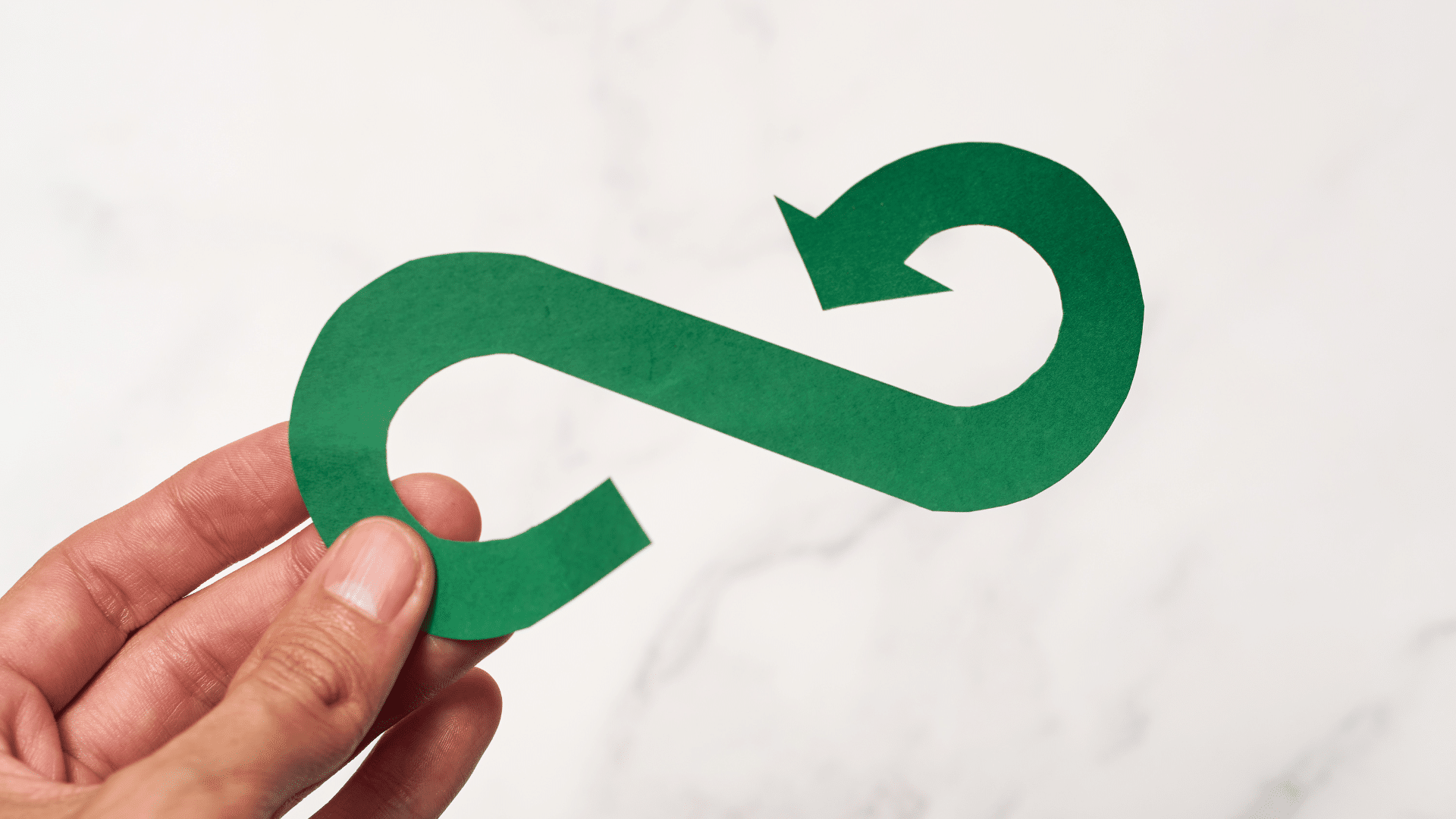Whatisthecirculareconomy?Understandingthissustainablemodel

The circular economy is an economic concept increasingly highlighted today as we witness, day after day, that the planet’s resources are limited (fuels, raw materials, fossil energies, water, etc.). The term is used in various contexts, ranging from environmental policies to business strategies. However, its meaning can sometimes seem unclear and deserves clarification.
What is the circular economy?
Here’s everything you need to know.
It’s an economic principle aimed at minimizing waste by optimizing resources. The circular economy rethinks our production and consumption patterns. Its goal is to optimize the use of natural resources and deliver goods and services for long-term use.
The circular economy stands in contrast to the traditional linear economy, which follows a model of producing, consuming, and discarding.
Definition from the Ellen MacArthur Foundation:
"The circular economy is a system where materials never become waste and nature is regenerated. In a circular economy, products and materials are kept in circulation through processes like maintenance, reuse, refurbishment, remanufacture, recycling, and composting. The circular economy tackles climate change and other global challenges, like biodiversity loss, waste, and pollution, by decoupling economic activity from the consumption of finite resources."
The challenges of the circular economy
This concept introduces resource management into an economic model, aiming to reduce waste.
The circular economy helps reduce the consumption of raw materials, water, and energy. With the goal of minimizing waste, it strongly opposes the concept of planned obsolescence, where some manufacturers deliberately shorten a product’s lifespan to encourage replacement. This often involves using less reliable components or designing products with built-in weaknesses.
By adopting a closed-loop model, the product’s end-of-life is considered, integrating waste management or recycling as part of the manufacturing process of the same product or creating new applications for recovered materials.
The advantages include reduced and optimized business expenses, leading to greater competitiveness and potential economies of scale. It also helps secure the supply of raw materials. Companies can develop new industries, such as recycling, innovation, and technical services, thereby creating new employment opportunities.
The circular economy, a reasoned model
Integrated in 2015 into the European Green Deal, companies are now required to commit to sustainable development and rethink the production and marketing cycle of their products. From the production stage, committed manufacturers can design their processes with an eco-design approach, which means creating products that are environmentally friendly and sustainable, promoting the use of renewable resources, repair, and recycling.
The circular economy, a new model for tomorrow
At Altkin, we contribute to the circular economy by collecting and recycling printer cartridges. These cartridges are either reused or repurposed into raw materials or second-hand objects, such as office supplies. You too can take part in the circular economy by bringing your empty cartridges to a nearby collection point or, if you are a business, by choosing OWA’s collection service.
Today, it is time to recognize the importance of recycling and our individual actions to protect the planet. Let’s start with our printing habits.
Discover our actions implemented in favor of sustainable development!


